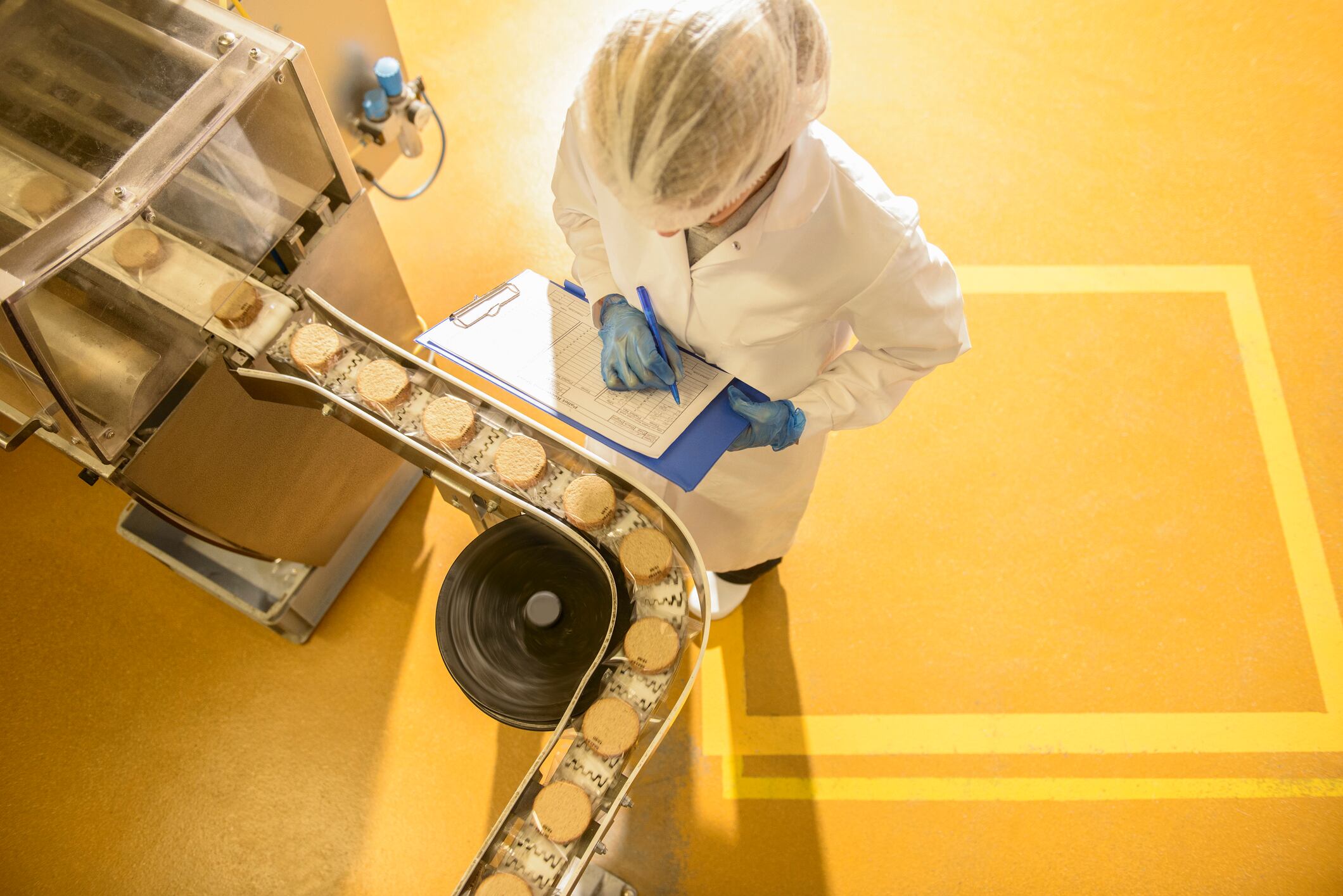Ultra-processed foods are at the centre of growing controversy, with dietary guidelines, media reports and front-of-pack labels urging consumers to avoid them. The most influential classification system behind this movement is NOVA – a four-tier framework that sorts foods by their degree of processing rather than their nutritional value.
Originally developed by researchers in Brazil, NOVA has since shaped that country’s dietary guidelines and influenced recommendations from international bodies including the World Health Organization and Pan American Health Organization.
But many scientists and food developers argue that NOVA is no longer fit for purpose. It groups everything from fizzy drinks and fried snacks to fortified soy drinks and high-fibre crackers under the same label: ultra-processed foods (UPFs). That conflation – equating the degree of processing with nutritional quality – is exactly what critics are challenging.
The issue is particularly acute in plant-based foods and in categories like bakery and snacks, where modern formulations often rely on processing not to obscure poor quality but to enhance nutrition, functionality and shelf life. Whether it’s fermenting grains to improve digestibility; enriching breads with fibre or protein; or using wholefood inclusions like beetroot or chickpeas to boost micronutrients, many of these strategies are flagged under NOVA simply because they involve industrial techniques.
“Enrichment, fortification and functional formulation – these are tools of nutritional science,” says Rebecca Bohlmann, product manager at Planteneers, a subsidiary of Germany’s Stern-Wywiol Gruppe. “Yet NOVA penalises them across the board, even when they deliver clear nutritional benefits.”
In her co-authored whitepaper ‘Ultra-Processed Foods (UPFs)’, Bohlmann outlines just how problematic NOVA’s rigid structure has become. It argues that categorising foods based solely on how they’re made – without evaluating their nutritional quality or functional role – can undermine both reformulation efforts and consumer confidence.
That concern is already showing up in consumer behaviour. A 2023 International Food Information Council survey found 65% of consumers view ‘ultra-processed’ as inherently unhealthy, regardless of the food’s nutritional profile. “People now avoid perfectly beneficial foods – fibre-enriched breads, fortified cereals – just because of the label,” Bohlmann says.
The whitepaper also references findings from the EPIC study – a large-scale, long-term European investigation into the relationship between diet, lifestyle and chronic disease – to show that not all UPFs are nutritionally poor. Fortified cereals and certain baked goods, for example, were found to have neutral or even positive associations with long-term health outcomes. “That’s a powerful insight,” Bohlmann tells us. “It shows that we need to stop lumping all UPFs together and start assessing foods by what they actually contribute.”
When outdated labels stifle innovation

For Leo Campbell, cofounder of Modern Baker, NOVA’s sweeping definitions don’t just misinform consumers, they discourage the very innovation we need to solve critical public health challenges. His company’s prototype product, Superloaf, is a next-gen bread created in collaboration with Hovis. It’s formulated using fibre diversity, fermentation and polyphenol-rich ingredients to support metabolic health and gut microbiome function – clinically tested to do exactly that.
“Superloaf is engineered to solve real problems,” says Campbell. “But NOVA doesn’t care about that. It only cares about how the product is made and that kind of thinking is holding the industry back.”
Despite its evidence-backed benefits, Superloaf is classified as an ultra-processed food. Campbell says that sends a chilling message to reformulators and brands working to create nutrient-dense alternatives to traditional products. “We’ve let a manufacturing label stand in for public health. It’s like blaming the printing press for bad novels.”
He also takes issue with how NOVA has fed into other outdated policy tools, such as the UK’s HFSS model. “Coke can score three green lights while a fibre-rich, functional bread gets penalised. It’s completely backwards.”
Campbell’s message is simple: “What matters is what the food does to the human body. If it reduces insulin spikes, feeds the microbiome and supports overall health, that should count for something, regardless of whether it was made in a bakery or a biotech lab.”
The stakes go beyond business. As Campbell sees it, the industry is being discouraged from addressing chronic disease with evidence-based solutions. “When we demonise processing, we’re cutting off one of the best tools we have to make food healthier at scale,” he says. “This isn’t about defending junk food – it’s about defending purpose-driven innovation.”
Processing with purpose

Dr Kantha Shelke, a certified food scientist and founder of Chicago-based food science and research firm Corvus Blue LLC, agrees that NOVA is not grounded in solid science – and that its misuse has led to widespread confusion. “Most of the studies linking UPFs to negative health outcomes are observational. They don’t prove causation, but media and policy treat them as if they do.”
Shelke says the NOVA model ignores the distinction between harmful and helpful processing. “Pasteurisation, fermentation, fortification – these are technologies that have improved public health for generations. Treating all processing as suspect undermines consumer trust and food safety.”
She warns these overly simplistic labels are also leading to nutrition gaps, particularly in vulnerable groups. “Consumers are now avoiding fortified cereals, enriched breads and shelf-stable baby foods because they fear ‘chemicals’ or ‘ultra-processing’. That’s dangerous.”
In some regions, the rejection of folic acid-enriched flour has even been linked to rising rates of neural tube defects. “This isn’t just a technical debate – it has real-world consequences,” she says.
Shelke also notes that context matters. “An ultra-processed meal might be a nutritionally balanced lifeline for a working parent, someone managing diabetes or a school programme. These foods can be part of the solution, not just the problem.”
Bohlmann believes it’s time to adopt a more nuanced framework – one that measures what food delivers rather than how it’s made. “A food’s nutritional profile, its function in the diet and its physiological impact should take precedence,” she says.
She points to clean label products that contain wholefood ingredients such as legumes, seeds and vegetables. “These are the kinds of formulations consumers are asking for and that brands are willing to deliver. But the system punishes them because it doesn’t recognise intent or function.”
Classification systems that ignore context, function and nutrition have no place in a future-focused food landscape.
Kantha Shelke
According to the Planteneers whitepaper, better-for-you bakery and snack formulations often include fermentation for digestibility and shelf life, as well as targeted enrichment to close nutritional gaps. But under NOVA, they’re still classed alongside ultra-processed sweets and soft drinks.
Shelke proposes a shift away from fear-based messaging and toward food education. “Consumers need to understand that processing can enhance nutrition and food safety. If a food provides fibre, protein, essential vitamins and supports digestive health, those are the metrics that matter.”
Campbell puts it more bluntly: “Calories out. High-impact nutrients in. That’s where we should be heading.”
Campbell, Shelke and Bohlmann agree it’s time for policymakers to stop hiding behind legacy frameworks. “We’re urging public health bodies and regulators to step up,” says Campbell. “If they continue to lean on outdated models like NOVA, they’re not just delaying progress – they’re complicit in the confusion. The science is here. The solutions exist. What’s missing is the courage to update the rules.”
A system ready for retirement

The flaws in NOVA – its lack of nuance, failure to assess outcomes and tendency to stigmatise useful innovation – are becoming harder to ignore. What began as a well-meaning tool has evolved into an obstacle for reformulation, policy and public understanding.
“Let’s stop apologising for processing,” says Campbell. “We need to stop romanticising the past and start building a food system that works for modern health needs.”
For Bohlmann, the growing scrutiny of UPFs is an opportunity to build something better. “If we’re serious about tackling diet-related disease and making healthy eating more accessible, then we need to focus on what food delivers – not just how it’s made.”
And for Shelke, it comes back to evidence. “Science must lead. Classification systems that ignore context, function and nutrition have no place in a future-focused food landscape.”
Processing is not inherently bad. Enrichment is not the enemy. And innovation should not be punished.
It’s time to rethink how we define food quality. Not by fear but by facts. Not by how it’s made but by what it delivers.



